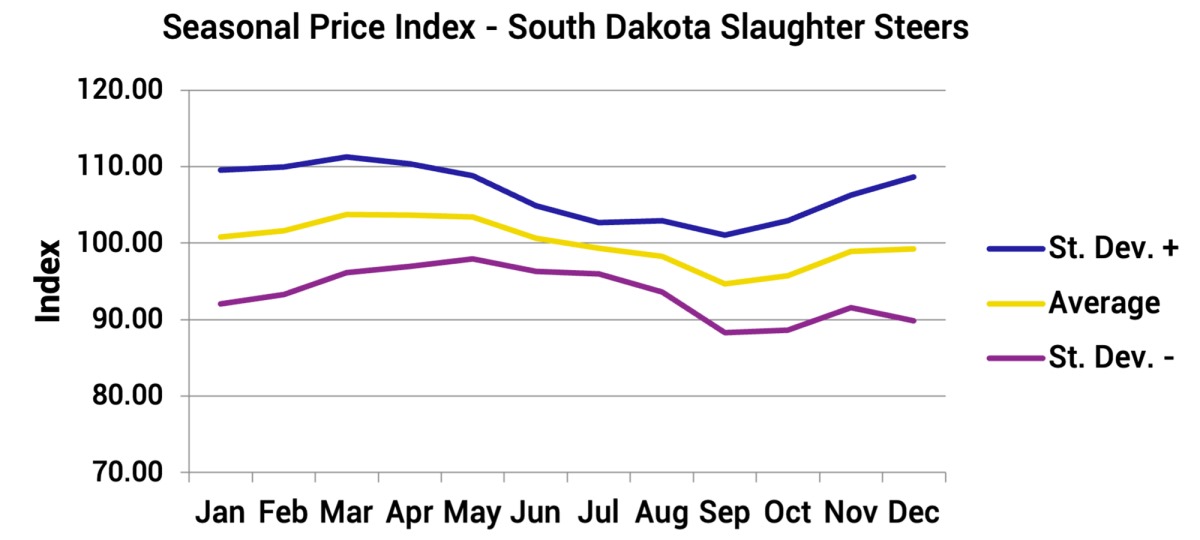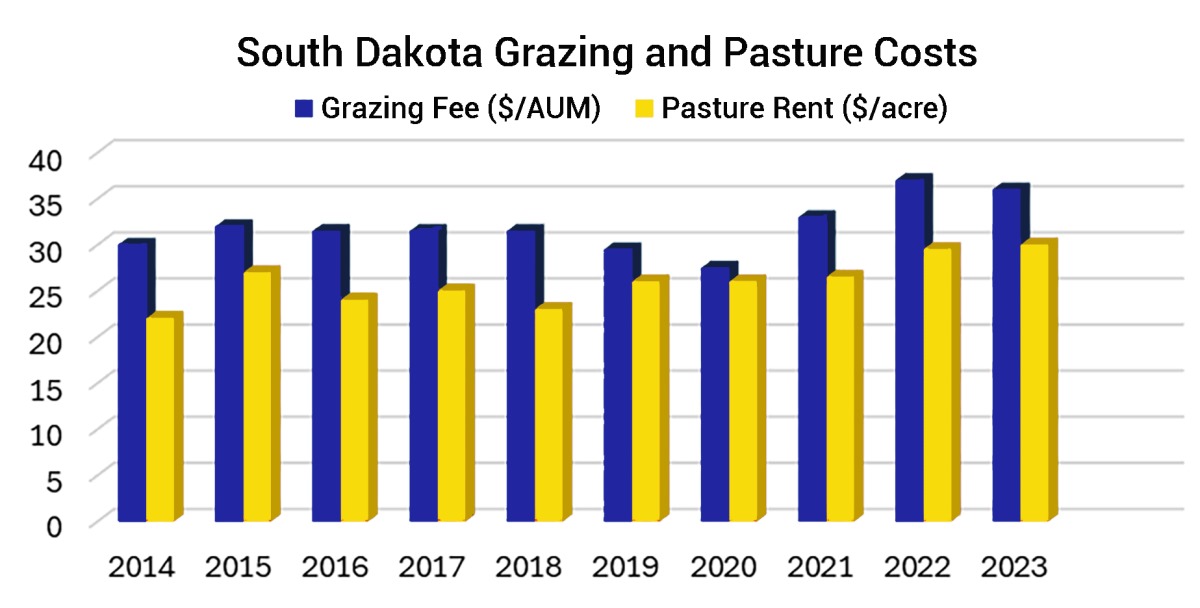When pregnancy can be detected via palpation depends on the experience of the technician. Normally the early end of detection is effective 30 to 50 days after breeding. Ultrasound technicians can normally find the fetus at 30 days. Blood testing via Pregnancy-Associated Glycoproteins (PAG) can be done chute side or by sending in blood samples. Depending on the blood test selected, results can be determined at the chute side or mailed in for analysis.
One disadvantage of early pregnancy diagnosis is the risk of pregnancy loss. This is associated with the stress of handling the animals. Research has shown a pregnancy loss of 1.0 to 3.5% when palpation or ultrasound are used for pregnancy diagnosis at 40 to 75 days of gestation. This is less of a concern with a blood test.
Management Opportunities for Open Replacement Heifers
When identified, there are general alternatives for managing heifers:
- Market non-pregnant heifers immediately (for example, in August or September versus October or November). Heifers can be placed in a feedlot and fed an energy-dense diet to allow increased weight gain and to be marketed when they reach the appropriate level of finish.
- Keep non-pregnant heifers on pasture until typical sale time as an open.
- Re-expose non-pregnant heifers to a bull with the intent they will conceive and be sold into herds with later calving dates.
Marketing Non-Pregnant Heifers Early

Non-pregnant heifers would be viewed similar to yearlings on grass by potential buyers. Depending on the producer’s resources, these heifers can be sold or placed in a feedlot.
August prices for yearlings are seasonally higher than October and November prices.
Placing yearling heifers onto an energy-dense ration will allow them to reach harvest weight at an earlier point in time and potentially at a seasonally high price (Figure 1). This may benefit the producer financially.
Marketing conventionally

The return from holding known non-pregnant heifers depends on forage availability. The opportunity cost for grazing a non-pregnant heifer (typically weighing 900 to 1,000 pounds) would average $35 per month in South Dakota (Figure 2). Typically, forage quality declines in August and September, so growth rates would be less than during early summer. With abundant forage supplies, holding these heifers may make financial sense, as the additional income from the sale of a heavier heifer would likely exceed the additional pasture cost. With 2024 feeder cattle futures prices and assuming 1.0 to 1.5 pounds per-day gain on these heifers, holding non-pregnant heifers on grass would be profitable.
However, when forage supplies are limited, this decision is more complex. Ensuring that the herd has enough forage should be the first priority. Implementing the principle of “take half and leave half,” consistent with a moderate intensity grazing system, allows forage species to survive and thrive. The financial numbers may look the same as abundant/adequate forage; however, assuring the long-run health of the pasture is critical for future success.
Rebreeding heifers
There are several aspects to consider before starting a rebreeding program. Reproductive considerations of why these animals did not conceive should be considered. If unsound, it could be sold as a feeder. At this point in the cattle cycle, viable females are in demand. The open heifer may have value if sold as such. It could be bred soon and targeted to those looking to calve in early summer or fall. An open could also be maintained, incurring feeding costs, and then be bred next year. Feed costs and availability, the availability of other replacements, and trade-offs with grown versus purchased genetics would be additional considerations.
Source : sdstate.edu